This is a locator map for Iran with its capital, Tehran. (AP Photo)
DUBAI, United Arab Emirates (AP) — A city in Iran that was the scene of a bloody crackdown last month awoke to new destruction on Saturday, state TV showed, after tensions erupted the day before.
In Zahedan, a southeastern city with an ethnic Baluch population, protests after Friday prayers left the city battered. Shops gaped open to the street, their windows smashed. Sidewalks were littered with broken glass. ATMs were damaged. Cleaning crews came out, sweeping debris from vandalized stores.
The outburst of protests in Zahedan came as demonstrations across Iran continue over the the Sept. 16 death of 22-year-old Mahsa Amini in the custody of the country’s morality police. Although the protests first focused on the country’s mandatory hijab, they have transformed into the greatest challenge to the Islamic Republic since the 2009 Green Movement over disputed elections. Security forces have dispersed gatherings with live ammunition and tear gas, leaving over 200 people dead, according to rights groups.
Violence first broke out in the restive city of Zahedan on Sept. 30 — a day that activists describe as the deadliest since the nationwide protests began. Outrage spread after allegations that a Baluch teenager had been raped by a police officer, fueling deep tensions in the underdeveloped region home to minority Sunni Muslims in the Shiite theocracy.
Rights groups say dozens of people were killed in what residents refer to as “Bloody Friday,” as security forces opened fire on the crowds. The Oslo-based group Iran Human Rights puts the death toll at more than 90. Iranian authorities have described the Zahedan violence as involving unnamed separatists, without providing details or evidence.
With anger simmering over the deadly crackdown, unrest in the city flared again on Friday, according to video footage that purportedly showed crowds gathering after noon prayers in Zahedan chanting “I will kill the one who killed my brother!” The scale of the clashes remained unclear, but Iranian state TV aired footage of the aftermath, blaming 150 “rioters” for the trail of destruction.
The state-run IRNA news agency said protesters shouted slogans, hurled stones at motorists and damaged banks and other private property. Authorities said they arrested 57 demonstrators, among the estimated thousands who have landed in jail over the protests. The provincial police commander, Ahmad Taheri, said security forces were searching for more culprits.
More unrest loomed five weeks after the protests first erupted. Security was exceptionally tight on the streets of Tehran on Saturday. Riot police and members of the Basij militia, armed with batons, were out in force near Tehran University and at major intersections in the capital.
A teachers’ union in Iran also called for a nationwide strike on Sunday and Monday in protest over the deaths and detention of students in the country, according to the association’s statement on Telegram.
“We know very well that the military and security forces are invading the sanctity of schools and educational spaces,” the association said. “They have taken the lives of a number of students and children in the most cruel way.”
Iranian officials have repeatedly blamed the protests on foreign interference, without offering evidence. On Saturday, Iran’s deputy judiciary chief, Kazem Gharibabadi, vowed Iran would file a case in Tehran court against the United States government and London-based Farsi language media outlets over their alleged role in fomenting unrest.
“Due to the direct involvement and meddling of America in the recent disturbances, it was decided to open a legal case to assess the damages and issue a verdict,” Gharibabadi told judiciary news website Mizan.news.
It’s unclear how such a case, like a raft of previous Iranian cases against the U.S. over years of enmity, would gain traction; there are no American assets to confiscate in the Islamic Republic.
Copyright 2021 Associated Press. All rights reserved.




















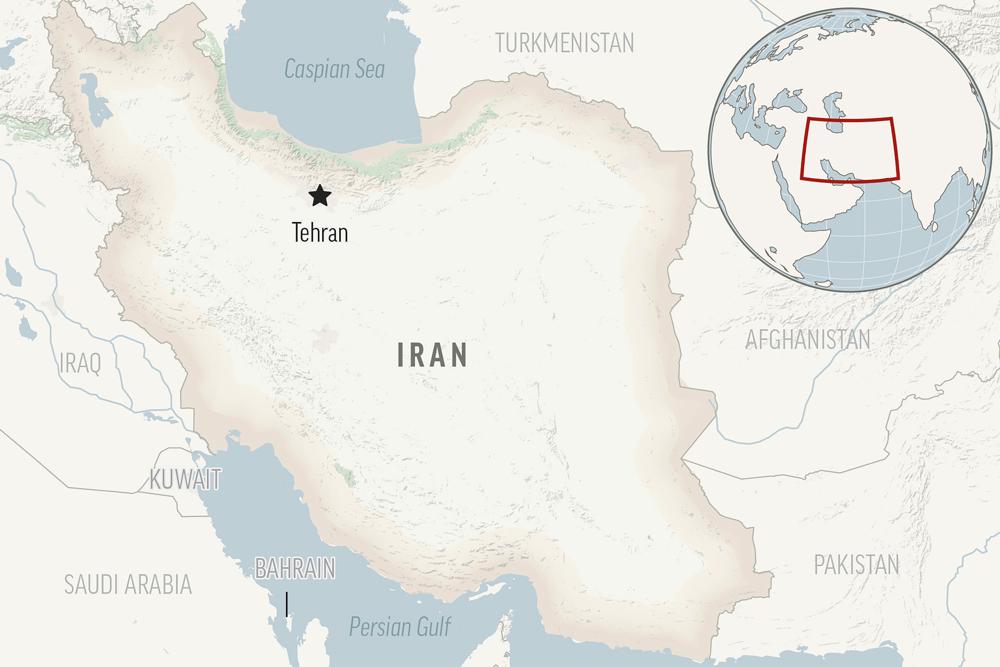

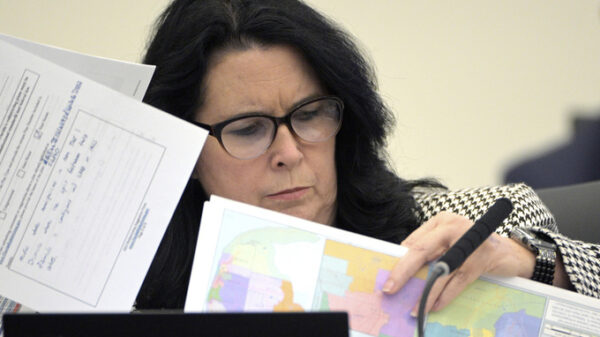
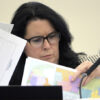

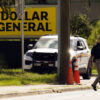
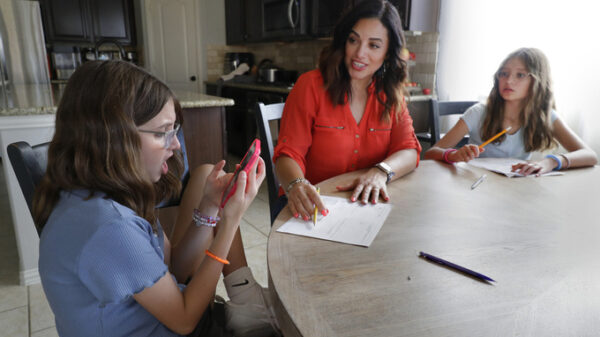


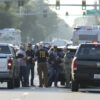
You must be logged in to post a comment Login